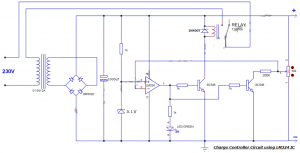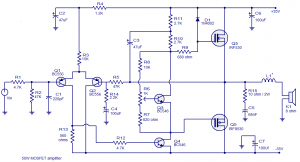PUBG Mobile Lite
After the PUBG ban for PUBG Mobile Lite, a lot of research has been done on the internet in India. Let us know that you cannot download PUBG Mobile Lite from Google Play Store. For this, you need to use other software like APK and OBB files. We will give you all the information you need about APK and OBB files. All the necessary information about how to download PUBG Mobile Lite APK is provided to you in the article below.
PUBG Mobile Lite Download [APK+OBB] PUBG Lite PC Installation Guide
Download PUBG Mobile Lite [APK + OBB] PUBG Lite PC installation guide is here. See the details of the PUBG Lite mobile game right now on this page. Now, you don’t have to travel the internet a lot to download PUBG Mobile Lite. As we all know, in September of last year, the Indian government banned 117 other Chinese apps, including PUBG. After the ban on PUBG, PUBG Lovers began to search the internet for other options for the game of Battle Royale. Some gamers have downloaded the light version of the PUBG game. For PUBG Mobile Lite, this PUBG Mobile Lite usually works on 1GB mobile as well, so you don’t need to take more GB of mobile.
How to Install PUBG Mobile Lite APK File
- Download the given PUBG Mobile Lite APK file, go to Mobile data file download settings, and select Unknown sources.
- Now install the APK file on your mobile and follow the steps below.
- Once the file is installed, find the Zarchiver app on the Google Play Store and install it on your mobile.
- Now after installing the downloaded Zarchiver app, extract the file from an SD card or Android memory.
- Now you can easily enjoy the PUBG Mobile Lite game on your mobile.
The download and installation information given above is based on information available on the Internet. The information given turns out to be incorrect, just a coincidence. You can download the PUBG Mobile Lite APK file to your mobile using the information you provided. PUBG Lite will be relaunched soon in India. Hear that PUBG Lite will be released by Microsoft in India this time.
PUBG Mobile Lite OBB File Download
Before you download the PUBG Mobile Lite OBB file, you need to make sure your device supports version 4.0. If your phone device is not version 4.0, you will not be able to enjoy this game on your mobile. We fully help you to download PUBG Mobile Lite via OBB file. You can easily play PUBG Mobile Lite even on your low RAM mobile
How To Download PUBG Mobile Lite OBB File
- First, download PUBG Lite on your mobile via the APK download link below.
- Now save the PUBG Lite OBB file with any name on your mobile.
- Unzip the downloaded OBB file and run it on your mobile.
- After running, the OBB file will activate PUBG Mobile Lite on your phone.
- Now you can play PUBG Lite games on your mobile with an OBB file.
PUBG Lite PC Download
Before playing or installing a PUBG Lite PC game, you should check the system requirements for that game. Failure to do so may damage your mobile or PC. We provide you with a PUBG Lite PC installation guide along with system requirements information to play the PUBG game.
How To Install PUBG Lite PC
- To install PUBG Lite on PC, you need to download PUBG Lite Launcher from the official website first.
- In the next step, you need to download the PUBG Lite game on your PC and create a new account after downloading it.
- Now open the downloaded folder on your PC, click on Install PUBG Lite Launcher and start installing PUBG Lite on your PC process.
- You need to restart the game after the installation of PUBG Lite on the PC is complete.
- Once the game has restarted, you will need to log back into your account.
- After logging in, you can enjoy PUBG Lite on your PC.
| Apk File Download | Click Here |




























